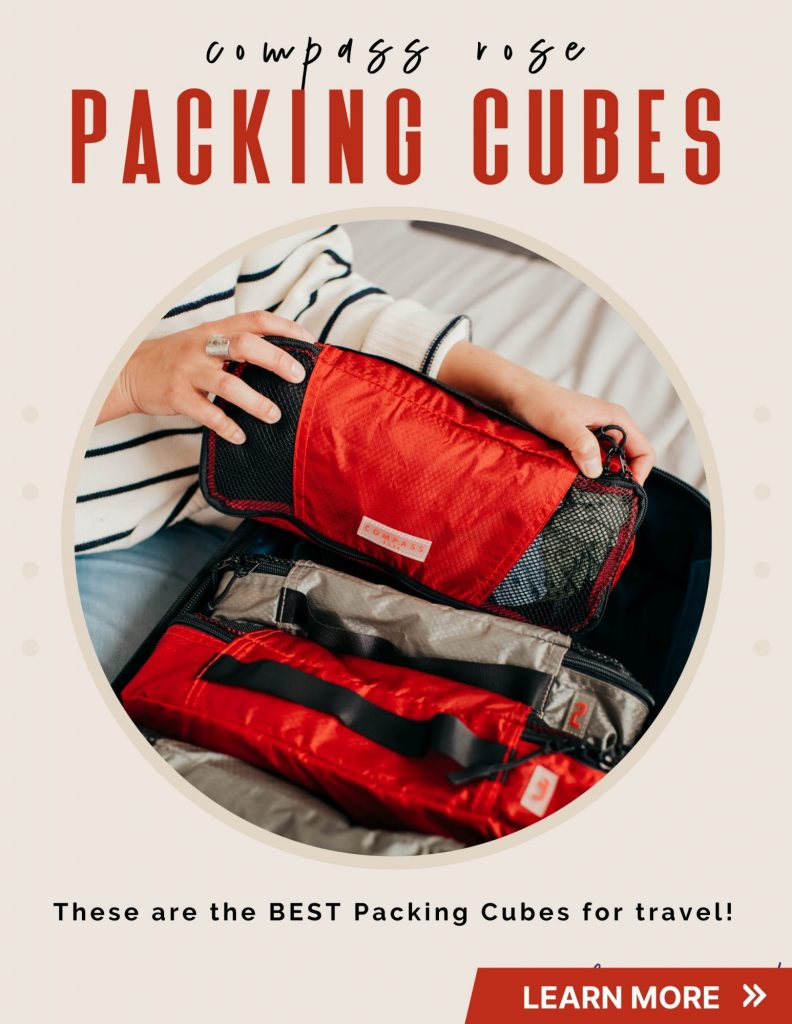Support TFG by using the links in our articles to shop. We receive a small commission (at no extra cost to you) so we can continue to create helpful free content. We earn from qualifying purchases made to the featured retailers. Thank you, we appreciate your support!
Traveling with prescription medication can get a bit complicated especially when traveling for extended periods of time. Perpetual traveler, Phebe Schwartz, shares her personal tips on how to refill prescriptions when overseas or when traveling long-term.
Remember to always speak to your doctor about any concerns or for the official answers to your particular medication question.
How to Fill a Prescription while Traveling
Written by: Phebe Schwartz
First, have someone act as your contact at home.
This person should have power of attorney in case any emergency comes up. But they will receive your prescriptions and then send them on to you. It helps to have a joint bank account with this person or paypal.
The secret to traveling light is to create a functional but minimalist capsule wardrobe. Learn more in my guide!
Talk to your health insurance company.
Many have prescription programs where you use their pharmacy, and usually you receive a three-month supply each refill.
Use slim packing cubes to save space in your suitcase and travel carry-on only.
Talk to your doctor and let them know you will be traveling for an extended period of time.
Have your doctor write a prescription for all your medications, preferably renewable for a year. Submit to your insurance pharmacy or local pharmacy near your contact person. Most prescriptions can only cover one year at a time.
Ask your doctor to write a letter saying these are necessary prescription medications for your personal use, including your medications by name, strength, and dosage.
Scan this and keep the file saved in your laptop/tablet and in your email or Google docs; send a scanned copy to your contact; carry a hard copy with your travel documents. It can be helpful to have a scanned copy as well as the the actual prescriptions.
Have the medications sent to your contact person.
If your scrips are only one-month-at- a-time, you can have your contact hold onto the meds until you have a three month supply waiting.
About one month before you need more of your meds (because you left home with a three month supply, or more, right?), go to your local FederalExpress office.
Each country has different guidelines for importing personal medications. It can be frustrating to find the correct information on the phone, so go in person. Find local FedEx offices by checking online at fedex.com.
Go in and work on making friends with whoever is working at the local FedEx office.
Let them know you’re traveling long-term, you need to get prescriptions sent to you, ask what are the local regulations. In Australia, we had to see a local doctor to get local prescriptions written. In other places, we had to submit a scanned copy of our passports, along with a letter swearing these were for personal use.
Find out what you need, put it all together, and send it to your contact person via email. Often you need that letter from your doctor, or the actual prescriptions. Though sometimes, if Customs is being picky, they’ll want to see all of this as well.
Make sure your home contact emails when they’ve FedExed the package to you.
They should include copies of all the support info you sent to them (like the letters, etc. – whatever the country needs). Ask your contact to also scan and email the FedEx form to you. Usually only a three-month supply is allowed, though some countries allow a six- month supply.
Tell your friend at the local FedEx office that the package is on its way.
Give them the FedEx tracking number, so they can keep an eye out for it.
Sometimes delivery at your hotel works better than you picking the package up from the FedEx office – ask at your hotel or AirBnB.
I’d be careful at a hostel, though we’ve had meds sent to hostels and it turned out fine. Just make a judgment whether your hostel seems well organized, or too casual to keep track of your meds.
My insurance pharmacy allows me to renew my medications online, so I just do that every three months.
With other programs, prescriptions might be refilled monthly, so you may need to call for your refills. This is part of what you set up at the beginning. Just set up a reminder on your computer/tablet/phone calendar so you don’t run short.
The only place that charged us an import tax was in Fiji. My brother is our contact, and his business has a FedEx customer account. The tax was billed to that account, and we received our package – however, that taxed amount never went through so we never had to pay it.
There’s always the option of refilling prescriptions locally. But sometimes the medication just isn’t available, such as hormone replacement therapies. Sometimes the meds have a different name, or formulation. And sometimes the price for foreigners is out of sight. We’ve found that using FedEx to get our meds from our regular pharmacies is the easiest and most predictable way to go.
Bonus Tip: Send your contact person really nice souvenirs as your way of saying thank you for all their assistance!
Where to Store Medication:
Do you have any tips on filling prescriptions while abroad? Comment below!
For more travel tips, please read:
- Long Term Travel Tips: Moving from One Place to the Next
- Best Air Travel Tips to Fly like a Pro: 5 Steps to Breeze Through the Airport
- Travel Tips for Contact Wearers
- Travel Safety Tips: I Had My Bag Stolen and These Are 4 Ways I Could’ve Avoided It
Hope you liked this post on filling prescriptions while abroad. Please share it with your friends on Facebook, Twitter, and Pinterest. Thanks for reading!
 Author Bio: Phebe Schwartz started traveling at age 19, and hasn’t stopped. She spent two years in Africa with the Peace Corps then found a job teaching art in the US Virgin Islands for 25 wonderful years. Retired, she and her husband are traveling the world and having the time of their lives! The plan is to have no plan, the philosophy is that where they end up is where they are meant to be. Follow their adventures: Rolling Luggagers
Author Bio: Phebe Schwartz started traveling at age 19, and hasn’t stopped. She spent two years in Africa with the Peace Corps then found a job teaching art in the US Virgin Islands for 25 wonderful years. Retired, she and her husband are traveling the world and having the time of their lives! The plan is to have no plan, the philosophy is that where they end up is where they are meant to be. Follow their adventures: Rolling Luggagers












Any experience with how to manage controlled substance prescriptions? My partner and I will be on extended travel and he has HRT for gender affirming care and it looks like these hormones can’t be shipped via fed x.
Thank you so much for this! I have been searching for advice and getting nowhere until this morning! I’ll be retiring in another country and coming back to the US for a month each year to maintain health insurance. I have a prescription I have to take daily. Your blog has helped confirm much of what I thought but you also have great tips as well.
That is so amazing to hear, so pleased we have been able to help!
Wishing you all the best for your retirement ?
I’m just starting to learn about the tricks involved in maintaining prescriptions if moving overseas and your blog is a rare, clear, helpful one, thank you!! Apparently, MOST people traveling long term or even thinking of moving to a new country, don’t think about this before leaving their country, considering how difficult this information is to find when googling!
Hi Leo, thank you!!! So pleased you found the article helpful. Happy travels ?